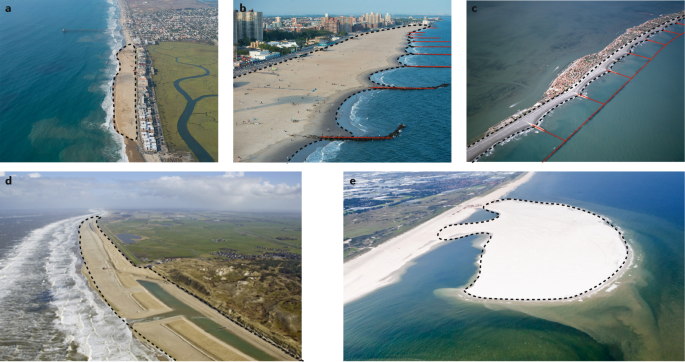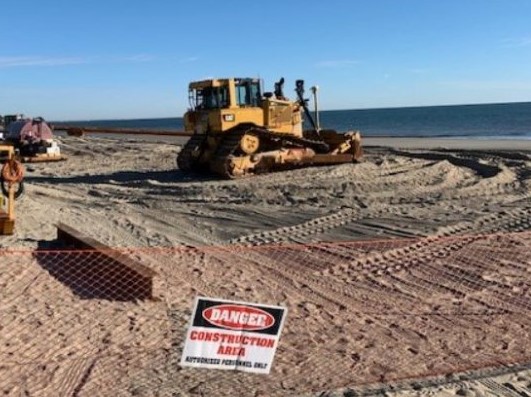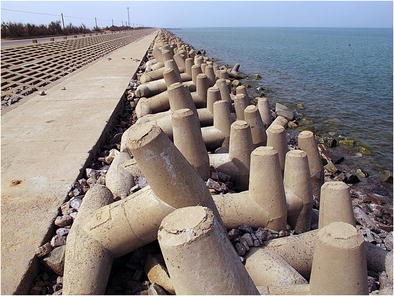Shore Protect Team Things To Know Before You Get This
Table of ContentsThe Basic Principles Of Shore Protect Team Shore Protect Team Fundamentals ExplainedThe 15-Second Trick For Shore Protect TeamRumored Buzz on Shore Protect TeamThe Only Guide to Shore Protect TeamExamine This Report about Shore Protect TeamShore Protect Team - Questions
Decline in property value: As the location tourism is affected by disintegration, so after that is the economic situation. Customers are less most likely to look for a coastline residence that could be destroyed at any kind of minute by the impending flooding and erosion emergency. Subsequently, building value can drop tremendously and influence the whole area.Whether a coastline is just small and jampacked or needs to close entirely for the safety of the ecosystem and nearby homes, this substantially affects tourism. Subsequently, regional economic climates are affected (https://smartdir.org/Shore-Protect-Team_347977.html). Threat of injury: The boosted risk of flooding and architectural failures creates a raised risk of injury to close-by tourists and area participants

is home to greater than 84,240 miles of coast with 41% of it revealed to the open sea. Coastal engineers are in charge of safeguarding the shore against modifications by minimizing the damaging influences of both natural and man-made occurrences. Coastline stabilization is directly pertaining to their job. Waterfront hotels: Since shoreline disintegration effects tourism, it impacts the success of waterside hotels.
Some Known Details About Shore Protect Team
Coastal commercial organizations: No visitors indicates no company. Coastal state parks: State parks that exist along coasts are at threat of damage.
Hard stabilization uses synthetic frameworks as protection to regulate disintegration. The majority of types of tough stablizing like seawalls and sheet metal are not optimal for coastline stabilization.
The Basic Principles Of Shore Protect Team
There's likewise insufficient proof of their efficiency relying on the kind of shoreline and local conditions. Difficult stabilization methods have a tendency to be harder to install and do not match the natural visual, sticking out like a sore thumb and damaging local ecosystems in several circumstances. Beach nourishment is the procedure of adding shed sand and sediment back to coastlines after disintegration has happened.
TrapBags aid in the process of coastline sustenance by securing natural environments and allowing plants to expand. While this process can be costly and is not long-term, the pros have a tendency to outweigh the cons. TrapBag obstacles deal several buildings that make them ideal for coastal and shore disintegration security. They're: Environmentally pleasant: You can use native soil both to border and to load the TrapBags.

9 Easy Facts About Shore Protect Team Shown
They can additionally be installed without any type of heavy machinery. Budget-friendly: TrapBags are ideal for both small and huge locations of shoreline.
Integrated with a high building expense, this has resulted in increasing usage of other soft engineering coastal administration options such as beach replenishment. Seawalls are created from different products, the majority of generally reinforced concrete, stones, steel, or gabions. Various other possible building products consist of plastic, wood, aluminum, fiberglass composite, and eco-friendly sandbags made of jute and coir. The appropriate seawall style counts on location-specific aspects, including bordering disintegration procedures. There are three major types of seawalls: upright, bent, stepped, and piles (see table below).
All-natural barriers, such as reef and mangrove forests, stop the spread of tsunamis and the flow of seaside waters and minimized the flooding and surge of water. A cost-benefit approach is an efficient means to determine whether a seawall is appropriate and whether the advantages are worth the expense.
How Shore Protect Team can Save You Time, Stress, and Money.
A seawall is a static attribute which can contrast with the vibrant nature of the coastline and hamper the exchange of debris in between land and sea. Benefits and negative aspects of seawalls according to Short (1999) Benefits Downsides Long term remedy in contrast to soft beach nourishment (https://fstoppers.com/profile/467458).

This can trigger coastlines to dissipate, providing them pointless for coastline goers. Generally, seawalls can be a successful way to control seaside disintegration, yet only if they are constructed well and out of products that can hold up against the force of ongoing wave energy.
Shore Protect Team Fundamentals Explained
The suitable seawall layout relies on location-specific elements, consisting of bordering erosion procedures. There are three major types of seawalls: vertical, rounded, stepped, and piles (see table listed below).
Natural barriers, such as coral reefs and mangrove forests, protect against the spread of tidal waves and the flow of seaside waters and alleviated the flooding and rise of water. A cost-benefit technique is an efficient way to determine whether a seawall is appropriate and whether the benefits deserve the cost.
Not known Details About Shore Protect Team
A seawall is a fixed attribute which can contrast with the vibrant nature of the shore and impede the exchange of debris in between land and sea. Advantages and disadvantages of seawalls according to Short (1999) Benefits Downsides Long term remedy in contrast to soft beach sustenance.

This can trigger coastlines to dissipate, providing them useless for coastline goers. Typically, seawalls can be a successful way to manage seaside disintegration, but only if they are created well and out of materials that can withstand the pressure of continuous wave power. Some understanding is needed of the seaside procedures and morphodynamics particular to the seawall location.